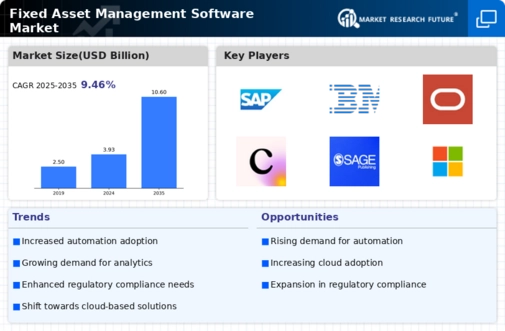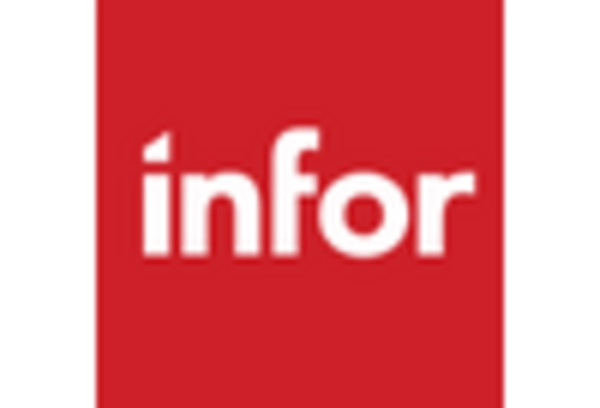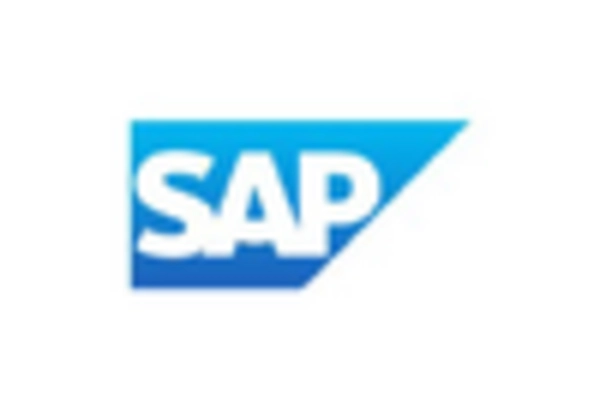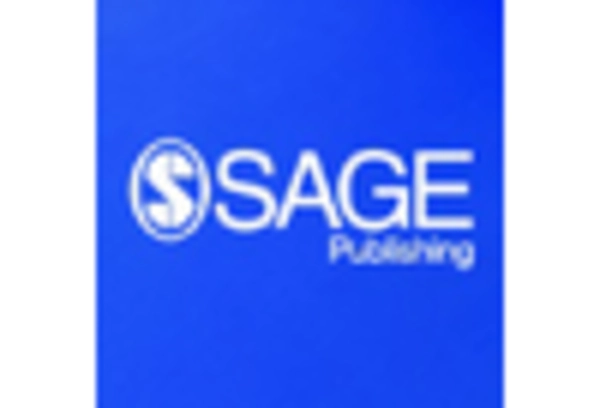Market Share
Fixed Asset Management Software Market Share Analysis
The Fixed Asset Management Software market is influenced by various market factors that shape its growth and potential. These factors play a crucial role in determining the adoption and success of fixed asset management software solutions across different industries.
One of the key market factors driving the growth of the Fixed Asset Management Software market is the increasing need for efficient and accurate asset tracking and management. As organizations grow and expand, the number of fixed assets they own also increases. Managing these assets manually becomes challenging and prone to errors. Fixed asset management software offers a digital solution that automates asset tracking, maintenance scheduling, depreciation calculations, and other critical tasks. This streamlines the asset management process, improves accuracy, and allows organizations to make informed decisions regarding asset utilization, maintenance, and disposal.
Another significant market factor is the growing emphasis on regulatory compliance and financial reporting. Organizations across industries are subject to various regulations and accounting standards that require accurate and transparent reporting of fixed assets. Fixed asset management software provides the necessary tools and features to ensure compliance with these regulations. It enables organizations to maintain a comprehensive and up-to-date record of their assets, generate audit reports, and track asset values and depreciation accurately. This factor drives the adoption of fixed asset management software among organizations striving for regulatory compliance and financial transparency.
Furthermore, the market for Fixed Asset Management Software is influenced by the increasing complexity of asset portfolios. As organizations acquire and manage large numbers of assets across multiple locations, the need for centralized and integrated asset management solutions becomes essential. Fixed asset management software offers a unified platform that enables organizations to track and manage assets regardless of their physical location. It provides real-time visibility into asset data, streamlines workflows, and improves overall asset management efficiency.
Moreover, the market factors related to cost optimization and operational efficiency play a crucial role in the adoption of fixed asset management software. Organizations are constantly seeking ways to minimize costs, improve asset utilization, and maximize return on investment. Fixed asset management software helps achieve these goals by providing insights into asset performance, maintenance requirements, and lease agreements. This allows organizations to optimize asset lifecycles, reduce downtime, and make strategic decisions regarding asset acquisitions and disposals.
Additionally, the market for Fixed Asset Management Software is influenced by technological advancements. The emergence of technologies such as the Internet of Things (IoT), artificial intelligence (AI), and cloud computing has revolutionized asset management capabilities. IoT devices can be integrated with fixed asset management software, enabling real-time asset tracking, monitoring, and predictive maintenance. AI algorithms can analyze asset data to identify patterns, predict maintenance needs, and optimize asset performance. Cloud-based fixed asset management software offers the advantages of scalability, flexibility, and remote access to asset data, making it more accessible and cost-effective for organizations.
Furthermore, market factors related to vendor competition and customer preferences play a crucial role in the Fixed Asset Management Software market. The market is highly competitive, with numerous vendors offering a range of fixed asset management software solutions. Competition drives innovation and pushes vendors to develop products with advanced features, user-friendly interfaces, and integrations with other enterprise systems. Customer preferences, such as ease of use, scalability, customer support, and pricing models, also influence the selection of fixed asset management software solutions.

















Leave a Comment